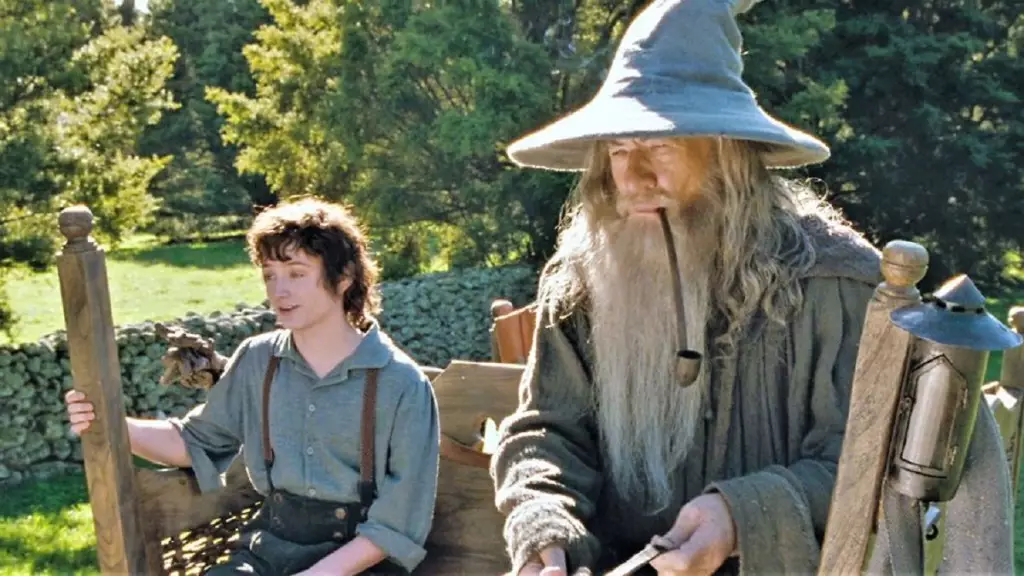The upcoming revival of J.R.R. Tolkien’s beloved universe signals a thrilling new chapter in fantasy cinema. While official cast confirmations remain scarce, recent comments from Sir Ian McKellen ignite excitement and speculation among dedicated fans. His candid teasing hints at a revisiting of characters like Gandalf and Frodo, suggesting that the rich tapestry of Middle-earth continues to captivate audiences long after the original trilogy’s closure. This revival underscores a remarkable cultural phenomenon: the enduring power of Tolkien’s creation to inspire new stories and cinematic innovations. It’s a testament to the timeless appeal of heroism, adventure, and the battle between darkness and light — themes as relevant today as they were decades ago.
Behind the Scenes: A Revival Fueled by Passion and Legacy
The return to Middle-earth is more than a simple remake; it’s a careful resurrection led by industry veterans striving to honor the original vision. The original trilogy, crafted by Peter Jackson and his creative team, became a cultural milestone, redefining fantasy cinema. Now, a new generation of filmmakers, including Serkis as director, aims to expand Tolkien’s universe with fresh perspectives. The collaborative effort involves seasoned writers and producers who bring a deep appreciation for the source material, promising stories that remain authentic yet innovative. The involvement of figures like Fran Walsh and Philippa Boyens suggests a deliberate effort to preserve the narrative integrity that fans cherish, while subtly infusing new elements to keep the mythos alive.
The Power of Nostalgia and the Challenge of Innovation
McKellen’s remarks about returning to the wizard’s role reveal how memory and legacy are powerful drivers of this new project. His openness about the potential re-casting of iconic characters underscores the balance between honoring past performances and embracing creative evolution. The cinematic landscape has evolved significantly, and modern audiences demand more immersive, inclusive storytelling. This presents both an opportunity and a challenge: how to rekindle the magic of the original while pushing the boundaries of visual effects, storytelling depth, and character development. The strategic choice to focus on characters like Gollum and to develop stories set in the aftermath of the original trilogy suggests a desire to explore uncharted territories within Middle-earth’s vast history.
Implications for Fans and the Industry
The announcement of multiple films centered around Middle-earth signals a sustained commitment from Warner Bros. and New Line Cinema to harness Tolkien’s enduring influence. For fans, this promises a wealth of new content that could redefine the franchise’s legacy and attract new audiences. It also highlights a broader trend in blockbuster filmmaking: revisiting beloved worlds with high production values and top-tier talent to generate box office enthusiasm. The careful balance of respecting Tolkien’s literary roots with modern filmmaking techniques will determine whether these new films can match or surpass the cultural impact of their predecessors. As the industry continues to evolve with innovative storytelling, Tolkien’s universe remains a fertile ground for creative exploration, embodying the limitless potential of fantasy storytelling to shape cultural dialogues and inspire generations.
